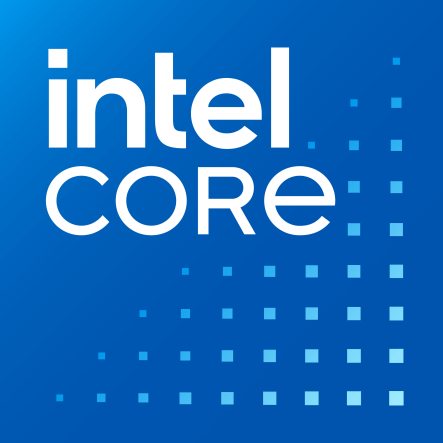Apple M4 10 Core vs Intel Core i3 5005U
We compared two laptop CPUs: Apple M4 10 Core with 10 cores 4.41GHz and Intel Core i3 5005U with 2 cores 2.0GHz . You will find out which processor performs better in benchmark tests, key specifications, power consumption and more.
Main Differences
Apple M4 10 Core 's Advantages
Released 9 years and 4 months late
Higher specification of memory (7500 vs 1600)
Larger memory bandwidth (120GB/s vs 25.6GB/s)
Higher base frequency (4.41GHz vs 2.0GHz)
More modern manufacturing process (3nm vs 14nm)
Intel Core i3 5005U 's Advantages
Lower TDP (15W vs 22W)
Score
Benchmark
Geekbench 6 Single Core
Apple M4 10 Core
+490%
3848
Intel Core i3 5005U
652
Geekbench 6 Multi Core
Apple M4 10 Core
+1067%
15114
Intel Core i3 5005U
1295
Passmark CPU Single Core
Apple M4 10 Core
+302%
4605
Intel Core i3 5005U
1145
Passmark CPU Multi Core
Apple M4 10 Core
+1096%
24138
Intel Core i3 5005U
2017
General Parameters
May 2024
Release Date
Jan 2015
Apple
Manufacturer
Intel
Laptop
Type
Laptop
ARMv9
Instruction Set
x86-64
Apple M4
Core Architecture
Broadwell
-
Processor Number
i3-5005U
Apple M-Socket
Socket
BGA-1168
Apple M4 GPU (10-core)
Integrated Graphics
HD Graphics 5500
Package
28 billions
Transistor Count
-
3 nm
Manufacturing Process
14 nm
22 W
Power Consumption
15 W
100 °C
Peak Operating Temperature
105 °C
CPU Performance
4
Performance Cores
2
4
Performance Core Threads
4
4.41 GHz
Performance Core Base Frequency
2.0 GHz
6
Efficiency Cores
-
6
Efficiency Core Threads
-
2.59 GHz
Efficiency Core Base Frequency
-
10
Total Core Count
2
10
Total Thread Count
4
44
Multiplier
20x
192 K per core
L1 Cache
64 K per core
16 MB shared
L2 Cache
256 K per core
-
L3 Cache
3 MB shared
No
Unlocked Multiplier
No
Memory Parameters
LPDDR5X-7500
Memory Types
DDR3L-1600, LPDDR3-1600
-
Max Memory Size
16 GB
-
Max Memory Channels
2
120 GB/s
Max Memory Bandwidth
25.6 GB/s
No
ECC Memory Support
No
Graphics Card Parameters
true
Integrated Graphics
true
500 MHz
GPU Base Frequency
-
1800 MHz
GPU Max Dynamic Frequency
850 MHz
1280
Shader Units
-
80
Texture Units
-
40
Raster Operation Units
-
160
Execution Units
-
18
Power Consumption
-
4.6 TFLOPS
Graphics Performance
-
Miscellaneous
-
PCIe Version
2.0
-
PCIe Lanes
12
-
Extended Instruction Set
SSE4.1, SSE4.2, AVX-2









